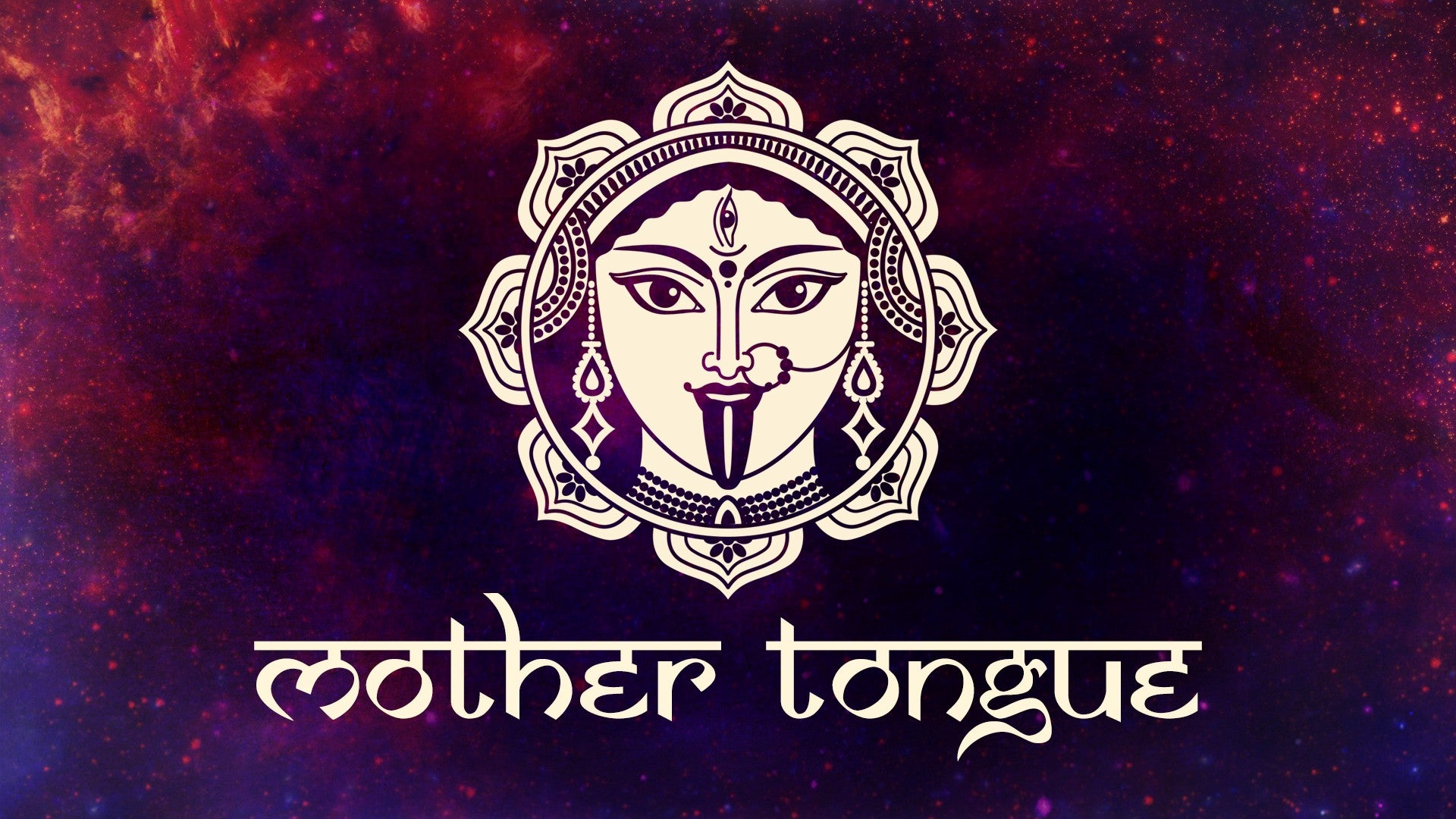Description
About This Video
Transcript
Read Full Transcript
Namaste friends. Swagatam and welcome back. I am getting this real excitement about how you are following your journey with the Sanskrit learning and I sincerely hope that what I am sharing with you is helping you take small steps but important steps in the direction that you finally want to reach which is some kind of familiarity and joy out of this wonder that is Sanskrit. So we have been looking at the different letters of the Sanskrit alphabet pertaining to the different groups. Thus far we have covered the guttural corresponding to the throat, the palatal corresponding to the palate, cerebrals to the roof of your mouth. The dentals is what we last saw which corresponded to the back of your teeth. The last one in this series that link up to the five points of touch is the labials. All the sounds related to the touch of the lips and the different combinations with breath and the nasal. So the first one in the series is the pur, pur. The second one you add a breath to that or mahaprana, pur, pur. Be careful not to pronounce it as the fur because here you tend to see it as the pH. When you read that in the Roman alphabet or the Roman script one can tend to associate it with the fur sound but just be careful there and remember that it is the pur. Then we have the bur, next pur. These sounds when you do it, it's like a kapala bhati or the air comes out of your system like the bhati. So we have the pur and then the nasal muh. Now that you have the sounds there, I will show you how you do it with the different strokes. So just follow me step by step as I go through these letters. We have the labials. The first one is the pur and the diacritical as you have seen is like that. This is quite an easy one and it somewhat corresponds to the English pur except that it is reversed. So you start with this one and then you put the stick to it and the line on top. The line on top helps to hold the letter together and gives it its individual existence. So you have the pur. Can you see if you put a line across that there and you reversed it, did a mirror of it, it would look a bit like the Sanskrit pur. The next letter with the breath is the pur and it looks more or less like that but as you see there is an extra tail that gets added to it. The breath gets converted into a tail in this case. So we have the one, the entire reverse P and the reverse P with the tail and you can close it. So that is the pur. Say that pur. Very good. The next letter is the bur. As you can see it is a bit like a mother with a tummy. Going to have the baby and then when the caesarean cut finally happens, the baby comes out. So you can remember bur for baby and you can sort of get an image of what that letter looks like. I am sure ladies would not forget that soon. So you have the tummy. Two is the tummy with the cut, the caesarean cut and then the three would be the stroke there. So we will just do that again. First is the tummy. Two is the tummy with the caesarean cut and technically three would be the tummy with the caesarean cut and the T. You have that one, two and the third step is with the T there. You can ignore that a little bit. So that is the bur. The next one is the bur. If you observe closely the next two letters look quite similar but in the case of the bur there is the small hook there and the line does not go all the way across. In the mer there is no hook and the line goes all the way across. So if you learn up either of these letters you can use it as a reference to remember the other letter. So maybe because there has been a cut there you can remember that the next letter is the one with the hook and there is a separation still. So that is the bur. So we start with one, two, three, four and the stick across. Do you get that? One, two, three and the stick across and it is the bur. Try and pronounce the sound as often as you can even when you write it because then you are impressing that sound into your system at many levels and the chances that it will stick in your being is much better. So there you have the bur and the final letter which is the mer, the nasal labial sound, mer. Remember that you don't start with the hook. So you start out straight, two, three and four. So one, two, three and four. There you are. So here we have the bur. You can see the difference very clearly now. The bur has the hook and the gap there. The mer does not have that rounded hook and it has a line going all the way across. So there we have the mer. Now let's just say it once together. You can also try practicing these letters using your body. So with the bur, try and go from left to right. The idea is that in Sanskrit you always write from left to right. So do the letter using your body but don't copy me because if you copy me then you will end up writing it backwards. So visualize the letter in your head and then just try to flow with it and see what you get. Bur, keep sounding it all along. Do it with the other letters as well. Take your time. There's no hurry. But what we'll do next is we'll see how these consonants appear when they combine with other consonants. So we have the letter per when it combines with the y or with the n like in the word swap.
You see it's just the short with the n. So what would happen there is I'll give you an example here. So you have half the sound. The small mini backslash at the bottom of the letter gives you the phoneme which is different from it combined with the vowel a. So if you took this out you would only get the sound which is represented that way plus the n. And by now you must be getting a hang of what happens when there is a letter with the stick. The stick drops it connects to the next letter. So you have so swap this would be in transliteration plus we'll give you. So there we have the as in swap. We move on to the next letter which is the per and the per is a bit like we saw with the with the guttural sounds of the k because the k like you can see also has the small tail there at the end. The per also has the tail there. And so when it gets half then you just have half the tail sticking out. So we have the per like that. But honestly we don't see too much of that. So I wouldn't be too worried so long as you understand the logic of it. I think you'll be fine. The next one is the sound that you hear much more often in the half form. So we have the the rule that it will follow as all the other letters that have a stick is that you just drop the stick and attach it to the next letter as in Shabda. So Shabda which means word. So we have the which is half the stick is dropped off and then you add the to that. Shabda it might not necessarily look as big as that but you get an idea. So that is the Shabda. So that's what it would look like. Moving on to the next letter we have the b. Again this letter has the stick behind it. So the stick has to be dropped. It gets attached to the next letter. We'll take the sound combination b here which is phonetically it's the b plus the consonant here or the semi vowel here. Like you see in the word abhyasa. I'll write the transliteration as well. So b and here. That would be the b here. In abhyasa you just have to add another stick there to make it the long vowel a and you will get the word abhyasa. And finally we have the word m. It also has a stick there. Now you're getting a hang of it. So we just drop the stick and connect it to the next word. So we have let's say the word m. We'll add it to the consonant here. So that will give you the mia. There we go. This mia is often seen in verbs that are conjugated in a particular manner. So mia. So we'll try saying that together. Make sure you're looking at the letter and you're sounding it and trying to reproduce that picture in your mind. So what I'll request you to do next as we have been doing with the other letters is that as you say these sounds try to also draw them out with your body. I'll demonstrate with the first letter but don't copy me. Just try and remember that you do it by yourself going from left to right in your mind's eye and do it closing your eyes for yourself. So it is the purr. These letters purr, purr, burr, correspond to your digestive and the reproductive system in the body. So purr is the right side, purr, left side, burr is actually at the back, mer, burr is the navel and mer is the system below it. So when you say these sounds you are actually putting in a lot of energy into this whole reproductive and the digestive system. So use these sounds consciously, play with them, see them, dance with them, enjoy this process of learning Sanskrit. You will never regret it. Trust me. Meet you again soon. Shubhamastu.







You need to be a subscriber to post a comment.
Please Log In or Create an Account to start your free trial.